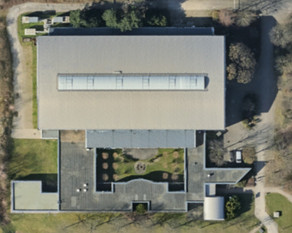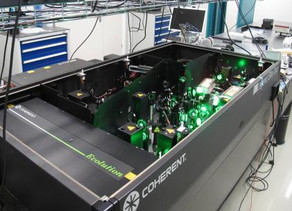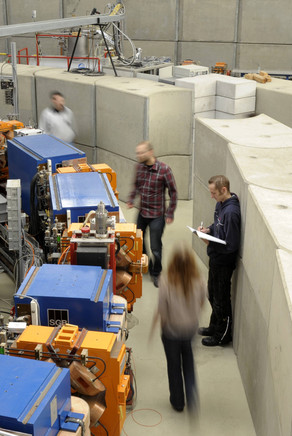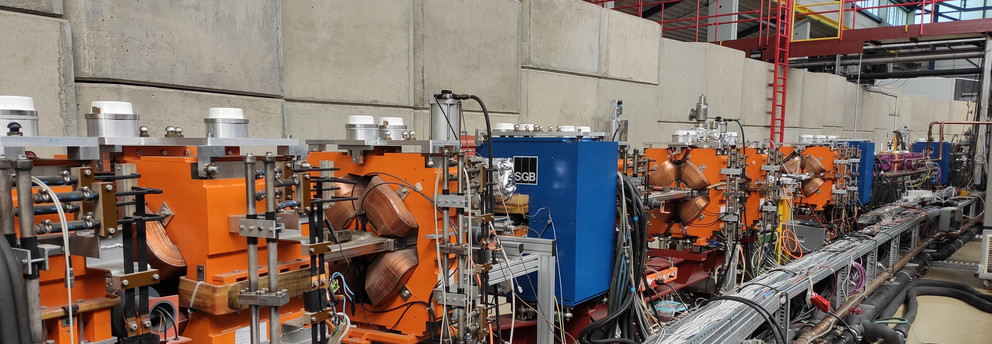DELTA - die Dortmunder Elektronenspeicherringanlage
-
Institut: Das Zentrum für Synchrotronstrahlung ist eine zentrale wissenschaftliche Einrichtung der TU Dortmund. Es betreibt die Beschleunigeranlage DELTA als Synchrotronstrahlungsquelle für den Nutzerbetrieb sowie für die Forschung auf dem Gebiet der Beschleunigerphysik. Dem Zentrum sind verschiedene Mitglieder der Forschungsschwerpunkte "Kondensierte Materie" und "Beschleunigerphysik" der Fakultät Physik zugeordnet.
-
Forschung: Neben der Nutzung des Synchrotronlichts an den Strahllinien findet auch Beschleunigerforschung am 1,5-GeV-Elektronenspeicherring statt. Hier werden Studierende in einem interdisziplinären Umfeld ausgebildet, das u.a. die Erforschung der kondensierten Materie, die Beschleuniger- und Laserphysik sowie Anwendungen der künstlichen Intelligenz umfasst.
-
Studium: Im Umfeld der Forschung bei DELTA finden verschiedene Vorlesungen und Seminare statt. Außerdem werden laufend Abschlussarbeiten zu verschiedenen Themen angeboten. Im Beschleunigerbereich können alle Abschlussarbeiten seit 1988 eingesehen werden (z.T. mit Passwort).
-
Links: Hier finden Sie weiterführende Informationen zu verschiedenen Bereichen der TU Dortmund, zur Forschung mit Synchrotronstrahlung und zur Beschleunigerphysik.






